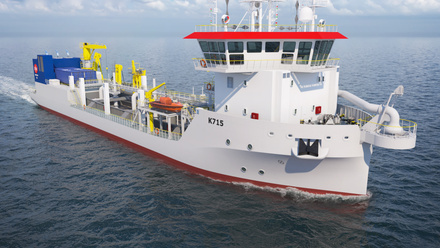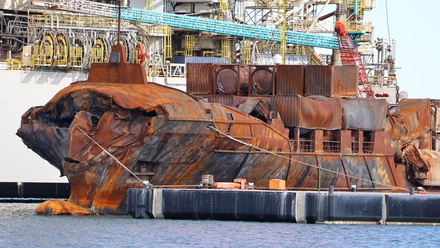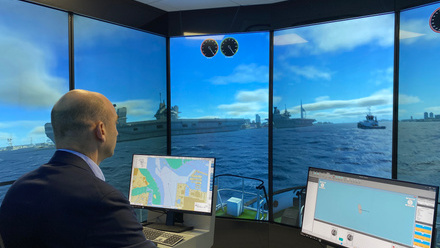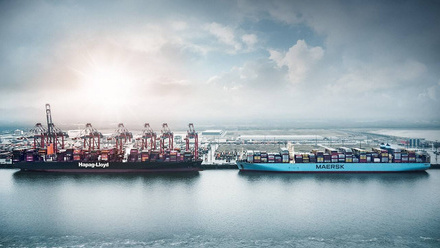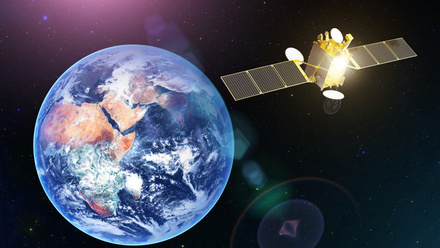USV advancements and achievements support decarbonisation
Unmanned surface vehicles (USVs) sped ahead with amazing announcements in 2023, setting standards across automated shipping for a safer, more sustainable future.
USVs were used in the military as early as the 1920s, but they are resurfacing as an important part of national decarbonisation strategies. Operating on surface waters without the need for humans to be on board, they are often controlled onshore from control rooms.
While their technologies are advancing, there have been challenges along the way, particularly being able to function away at sea for extended periods of time. Saildrone has risen to this challenge through its long endurance USVs. These vessels are sustained out at sea with solar energy and can be used to gather data in the ocean, whether through sensors or cameras. Keeping pace with AI advancements, their achievements have risen even further after announcing a million nautical mile milestone.
Speeding ahead with USV advancements
Saildrone announced that its fleet surpassed a cumulative distance of one million nautical miles during 32,000 plus days at sea. This record comes a decade after the company sailed its first USV from San Francisco to Hawaii in 2013. Since then, Saildrone has pushed the capabilities of USVs, even in harsh conditions like the Arctic. Having expanded to over 130 vehicles, it has also proven the reliability USVs can offer at sea.
Brian Connon, Saildrone’s VP Ocean Mapping and IMarEST Fellow explained: "Achieving the 1M-nautical-mile-sailed milestone is indicative that USV technology no longer resides in the R&D sector. [It] is operational and ready to add our unique capabilities and capacity to the challenges of seafloor mapping, climate observations, IUU fishing detection, and other ocean data collection activities.”
Following the news, after an extensive evaluation process, Saildrone Voyager has officially been the first commercial USV to receive classification, given by the American Bureau of Shipping (ABS).
“Combining this significant at-sea experience with the ABS classification of our USVs, which shows our commitment to both quality of construction and safety, provides regulatory agencies with a baseline for granting approval of USV operations," Brian Connon added.
Carbon cutting technology
These developments are good news for companies providing hydrographic services, who are now expected to invest in more sustainable solutions, especially in the shipping industry. The International Hydrographic Organization (IHO) is helping lead the way for change, placing importance not only on the automation of shipping but the reduction of emissions.
CEO of XOCEAN, Duncan Mallace, mentioned in an article by Hydro International that their USVs emit only 0.1% of emission that a typical survey vessel does. This saves the need for personnel to go offshore as data can be collected remotely, making the operations not only safer, but with a reduced carbon footprint.
Developments are being seen across the globe. This year, offshore wind developer Ørsted introduced a prototype USV, the Hugin. This represented the first USV in the industry for metocean measurement campaigns and it cuts out the need for much larger, specialised manned support vessels using traditional fuels.
It not only gathers information on the state of the seabed, but also the wind and biological conditions, which will be essential to Ørsted’s early-phase development of new wind farms.
Last year’s impressive milestones in USV developments could help to shape the future of automated shipping worldwide. Improved USV technologies and operations will not only help companies collect environmental data, but they can also make marine operations safer and support renewable infrastructure.
Main image: Saildrone’s USV Surveyor crashing through waves; credit: Saildrone


